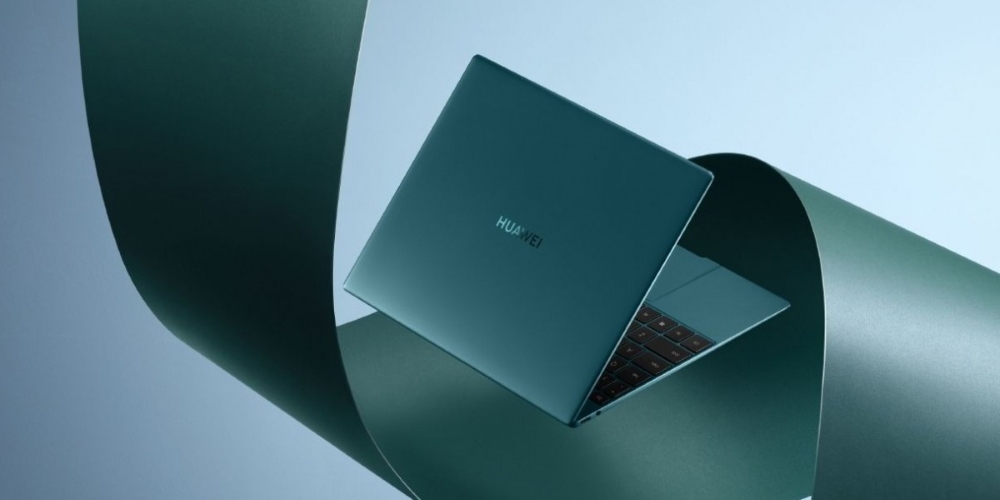Traditionally, we consider billboards to be huge, static outdoor advertising constructions located in regions with heavy foot activity. In a culture where technical advancements are practically constant, however, classic billboards have developed into digital billboards, and digital billboards have evolved into 3d billboard. With 3D OOH billboards, three-dimensional effects are used to create hyper-realistic images and attract the attention of passing audiences. Typically, these billboards may be seen in technologically advanced nations such as Japan, China, and South Korea. Traditionally, 2D pictures and designs have been utilized to communicate a brand’s message through traditional billboards. Although this has been considered the tried-and-true form of advertising, 3D billboards demonstrate that there are no creative limitations in advertising.
How 3d Marketing Operates?
3D advertisements function similarly to conventional three-dimensional displays. It employs two photos recorded from different viewpoints and concurrently displays them on a screen. When perceived by the human eye, this creates the appearance of a three-dimensional picture. By combining content, OOH, and 3D effects, businesses can not only give audiences with an engaging experience, but also guarantee that their message is extremely remembered.
Varieties Of 3D Billboards
3D billboards may create an optical illusion for the spectator. Optical illusions in 3D advertising, as their name indicates, use certain aesthetic choices that deceive people’s depth perception to provide a 3D impression. These ads do not need the connection of extra components to the billboard, making them a reasonably inexpensive kind of 3D out-of-home advertising. Physically changed 3D billboards often need additional attachments that are connected to the building itself, unlike optical illusions. This enables the advertisement to interact with the surrounding environment, making 3D advertising a viable option.
In 2021, the billboard Fortnite x Balenciaga was placed in New York, London, Seoul, and Tokyo, making it a remarkable example of a prominent 3D OOH campaign. For the purpose of introducing Balenciaga’s products into the game, these billboards featured Doggo, one of the franchise’s most popular characters, sporting the digital outfit. In addition, these billboards used real-time data to monitor the sun’s position and time of day in order to adjust to each site. The display in front of SMTown’s COEX skyscraper in South Korea is another 3D billboard that garnered news. It is one of the country’s biggest 3D OOH billboards, measuring 262 by 66 feet, and is utilized to show brand commercials, music videos, and digital art pieces, similar to the well-known Wave project that was exhibited in 2020, in an effort to provide passersby with a soothing experience.
Advantages Of 3-D Billboards
3D OOH delivers the same advantages as conventional billboard advertising, such as size, reach, and brand recognition, but each advantage is amplified. Most notably, one of the primary benefits of 3D billboards is their capacity to present the viewer with a unique visual experience. Among the various commercials we face on a daily basis, 3D technology will definitely attract the audience’s attention, since the ads really leap out at you. Using visual effects, these dynamic advertising may build a narrative and convey your brand’s message in real time. No matter who is in the proximity, 3D advertising will always attract attention.
Additionally, 3D billboards may provide excellent audience retention, which is vital for brand exposure. Due to the powerful impressions left by 3D OOH, customers’ memory of your brand will be particularly strong while they are browsing for items. Undoubtedly, 3D billboards are the future of advertising. Although conventional billboards remain a marketing standard, the many advantages of 3D OOH billboards make them difficult to ignore. As a consequence of the tremendous achievements it has brought to companies, its popularity and use will only rise in the future. Billboards that are transparent or framed give a glimpse into the advertising. The advertisement’s translucent canvas generates a 3D illusion while the form of the billboard stays unaltered.







